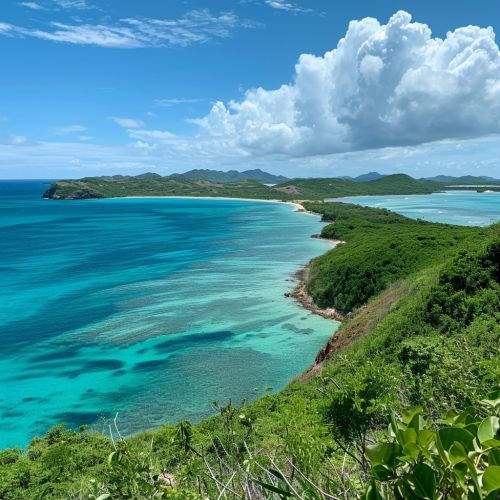San Andrés and Providencia
Geography
San Andrés and Providencia are two islands located in the Caribbean Sea, which are part of the archipelago of San Andrés, Providencia and Santa Catalina. The archipelago is a department of Colombia, and is situated closer to the coasts of Nicaragua and Costa Rica than to the mainland of Colombia.


The islands are known for their rich biodiversity, with many species of flora and fauna that are endemic to the region. The surrounding waters are home to an array of marine life, including coral reefs, making the area a popular destination for scuba diving and snorkeling.
History
The islands of San Andrés and Providencia have a rich and complex history. The first known inhabitants of the islands were the Miskito, an indigenous group from the region. The islands were later claimed by the Spanish during the Age of Discovery, but were also sought after by the English due to their strategic location in the Caribbean.
In the 17th century, the islands became a haven for pirates and privateers, including the infamous Henry Morgan. The islands were also involved in the War of Jenkins' Ear, a conflict between Britain and Spain in the 18th century.
In the 19th century, the islands were ceded to Colombia as part of the negotiations to end the Thousand Days War. Despite this, the sovereignty of the islands has been a point of contention between Colombia and Nicaragua for many years.
Culture
The culture of San Andrés and Providencia is a unique blend of influences from the indigenous Miskito, as well as African, English, and Spanish cultures. The islands are known for their music, particularly reggae and calypso, and for their traditional dances, such as the Maypole dance.
The official language of the islands is Spanish, but many residents also speak Creole English, a dialect that has its roots in the English spoken by the pirates and privateers who once inhabited the islands.
Economy
The economy of San Andrés and Providencia is largely based on tourism, with many visitors drawn to the islands' beautiful beaches, clear waters, and rich biodiversity. The islands are also known for their duty-free shopping, with many tourists taking advantage of the opportunity to purchase goods at lower prices.
In addition to tourism, fishing is a significant part of the islands' economy. The surrounding waters are rich in marine life, providing a plentiful source of fish and other seafood.
